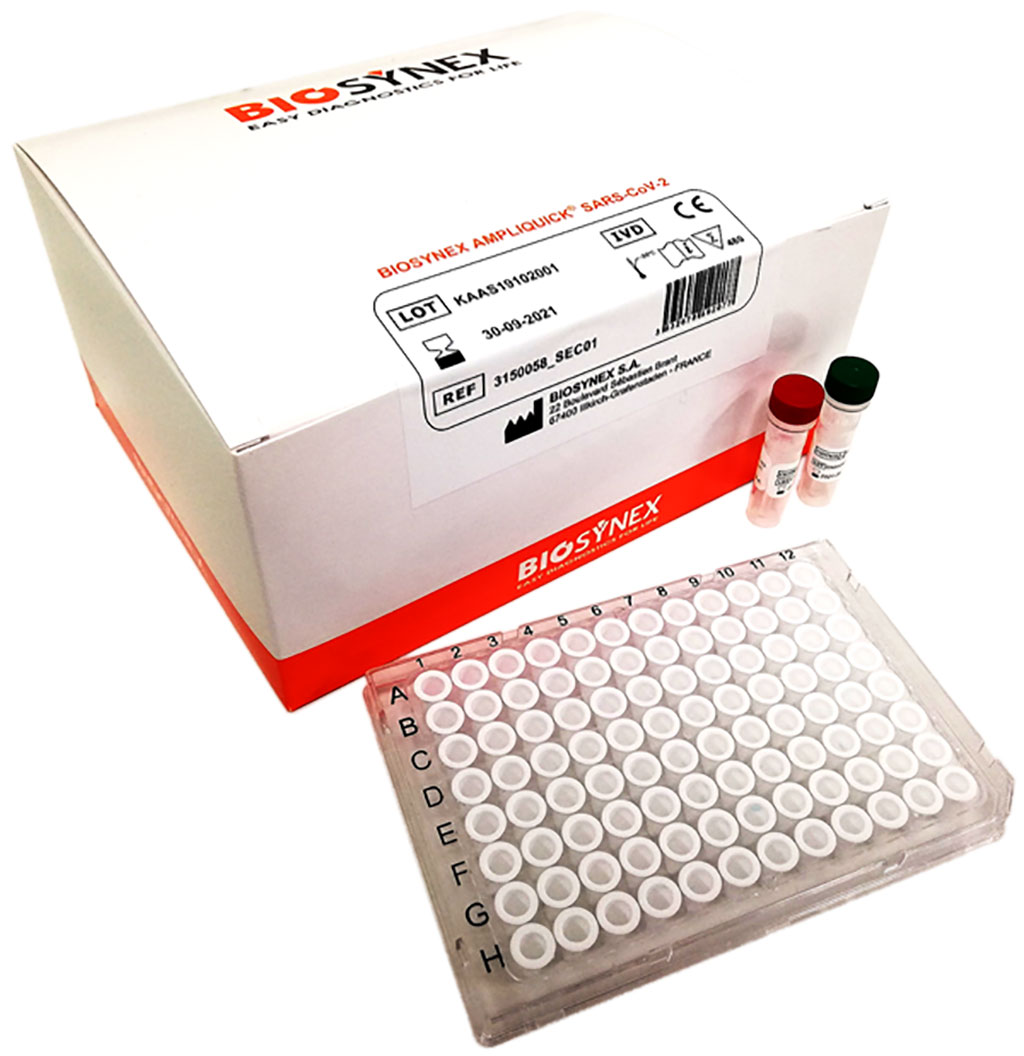Different Kits and PCR Methods Evaluated for Malaria Diagnosis
Posted on 14 Jul 2022
Malaria is an infectious disease considered as one of the biggest causes of mortality in endemic areas. This life-threatening disease needs to be quickly diagnosed and treated. The standard diagnostic tools are thick blood smears microscopy and immuno-chromatographic rapid diagnostic tests.
However, these methods lack sensitivity especially in cases of low parasitaemia and non-falciparum infections. Therefore, the need for more accurate and reliable diagnostic tools, such as real-time polymerase chain reaction based methods which have proven greater sensitivity particularly in the screening of malaria, is pronounced.

Scientists at the Hôpital Bichat - Claude Bernard (Paris, France) conducted a study on 183 blood samples received for expert diagnosis at the French National Malaria Reference Centre (FNMRC). The team assessed sensitivity and specificity of two commercial malaria qPCR kits and two in-house developed qPCRs compared to LAMP.
The samples were tested by four different qPCR methods: the Ampliquick Malaria test (Biosynex SA, Illkirch-Graffenstaden France), the BioEvolution Plasmodium Typage test (Bio-Evolution, Île-de-France, France), the in-house HRM and the in-house TaqMan qPCRs. The specificity and sensitivity of each method and their confidence intervals were determined with the LAMP-based assay Alethia Malaria (Meridian Bioscience, Cincinnati, OH, USA) used as the reference for malaria diagnosis. The accuracy of species diagnosis of the Ampliquick Malaria test and the two in-house qPCRs was also evaluated using the BioEvolution Plasmodium Typage test as the reference method for species identification.
The investigators reported that that when compared to LAMP, a test with excellent diagnostic performances, the two in-house developed qPCRs were the most sensitive (sensitivity at 100% for the in-house TaqMan qPCR and 98.1% for the in-house high resolution melting (HRM) curve analysis qPCR, followed by the two commercial kits: the Biosynex Ampliquick Malaria test (sensitivity at 97.2%) and the BioEvolution Plasmodium Typage (sensitivity at 95.4%). Additionally, with the in-house qPCRs they were able to confirm a Plasmodium falciparum infection in microscopically negative samples that were not detected by commercial qPCR kits. This demonstrated that the var genes of P. falciparum used in these in-house qPCRs are more reliable targets than the 18S sRNA commonly used in most of the developed qPCR methods for malaria diagnosis.
Analysis with the Bio-Evolution kit showed 135 positive and 48 negative samples. Of the 135 positive samples: 73 were identified as P. falciparum, 36 were identified as P. ovale spp, eight were identified as P. vivax, 15 were identified as P. malariae, two mixed infections by P. falciparum and P. malariae and one mixed infection P. falciparum, P. malariae and P. ovale. The 147 isolates tested with LAMP were assessed with the four different qPCR methods. The 43 LAMP negative samples were also negative by all four methods, which afford them all 100% specificity. Of the 104 positive samples, five were not detected by Plasmodium Typage (Bio-Evolution), three by Ampliquick Malaria and two by the HRM-qPCR, but all with the in-house TaqMan-qPCR.
The authors concluded that overall, their results accentuate the role molecular methods could play in the screening of malaria. This may represent a helpful tool for other laboratories looking to implement molecular diagnosis methods in their routine analysis, which could be essential for the detection and treatment of malaria carriers and even for the eradication of this disease. The study was published on June 27, 2022 in the Malaria Journal.
Related Links:
Hôpital Bichat - Claude Bernard
Biosynex SA
Bio-Evolution
Meridian Bioscience









 assay.jpg)



